Technology is turning the human urge to consume information into an unhealthy addiction. Some of this consumption — reading, following the news, exposing ourselves to culture — has obvious merits; I’d have no trouble downloading the entire works of Shakespeare in the time it would have taken someone ten years ago to find their keys before setting off to a bookshop.
Already a subscriber? Log in
Subscribe for just $2 a week
Try a month of The Spectator Australia absolutely free and without commitment. Not only that but – if you choose to continue – you’ll pay just $2 a week for your first year.
- Unlimited access to spectator.com.au and app
- The weekly edition on the Spectator Australia app
- Spectator podcasts and newsletters
- Full access to spectator.co.uk
Or

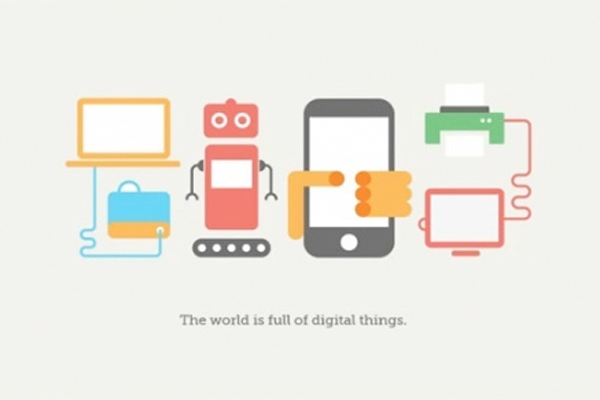
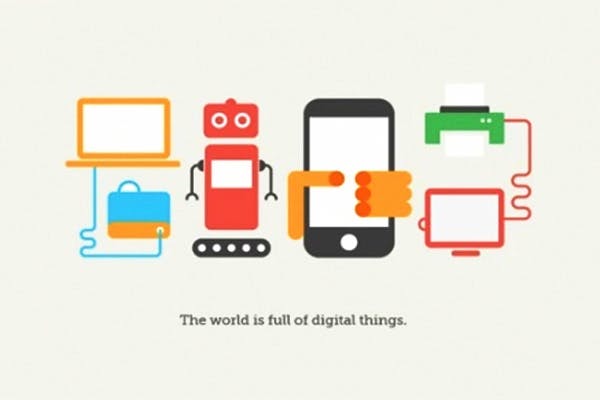


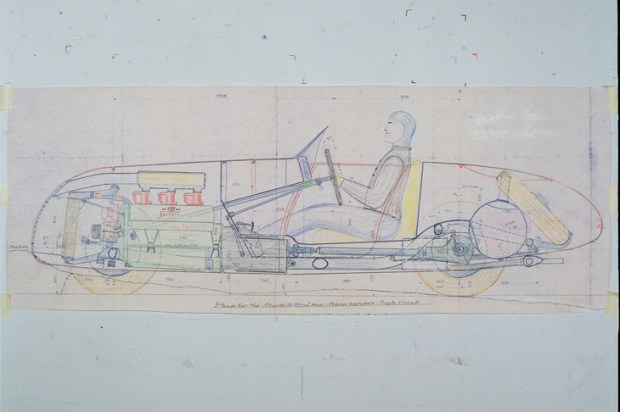
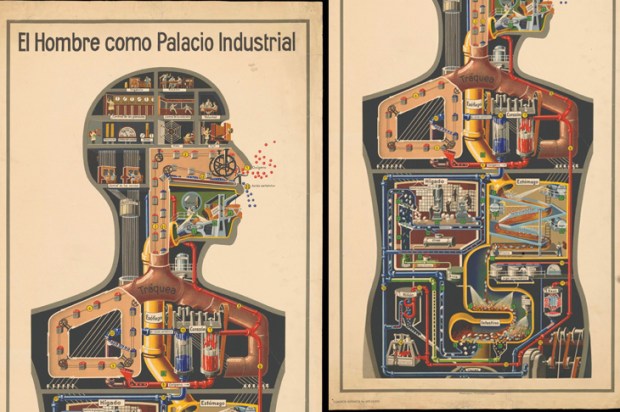
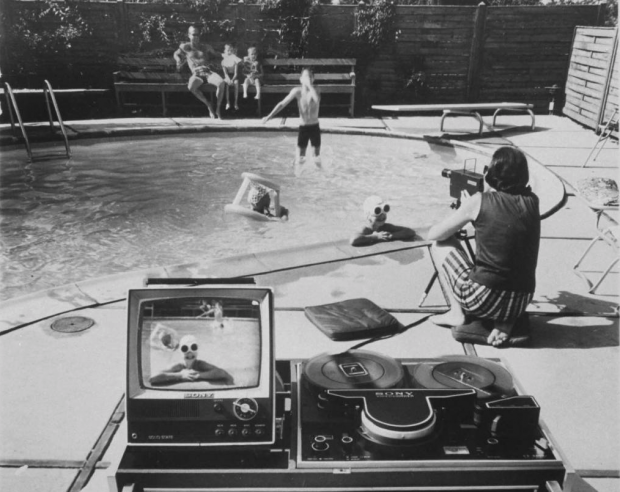






Comments
Don't miss out
Join the conversation with other Spectator Australia readers. Subscribe to leave a comment.
SUBSCRIBEAlready a subscriber? Log in